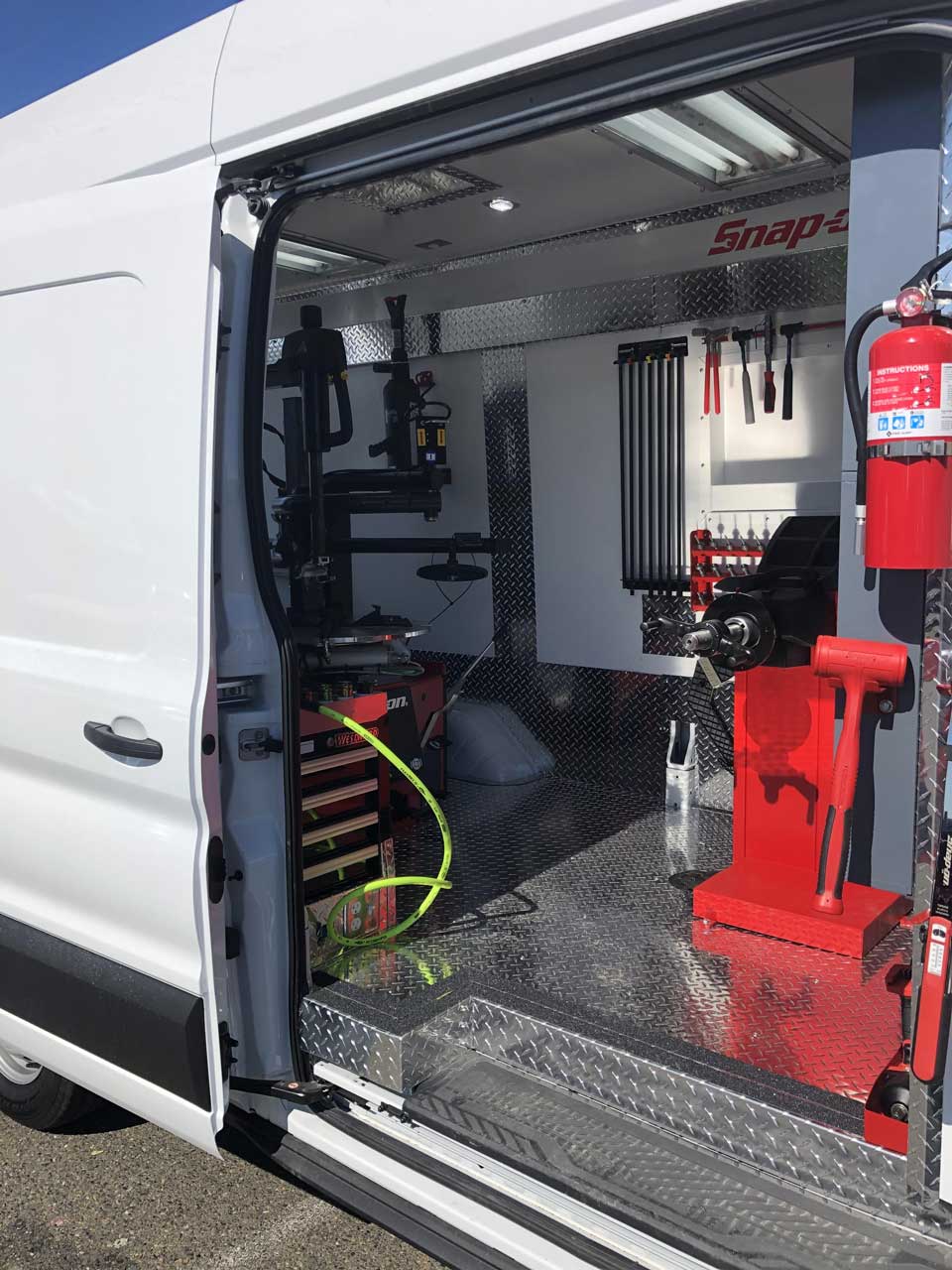Tire Solution: The Impact of Weather Condition Conditions
When it pertains to guaranteeing optimal performance and safety when traveling, comprehending the impact of climate condition on tire service is important. From scorching warmth to icy roads, each weather element can significantly affect tire performance and overall driving experience. By diving right into the effects of differing weather on tires, vehicle drivers can acquire important understandings that might enhance their car's performance and long life. In this discussion, we will explore the detailed relationship in between weather and tire solution, losing light on the value of weather-specific tire upkeep practices and factors to consider.
Warm and Tire Efficiency
When exposed to high temperatures, tires experience modifications in efficiency that can substantially impact car safety and handling. The warm produced from long term driving or warm weather condition problems causes the tire rubber to soften, resulting in minimized walk life and increased wear. As the rubber becomes softer, the tire's grip when driving decreases, impacting braking distances and general grip. In severe instances, excessive warmth can even cause tire blowouts, positioning a serious safety risk to the lorry and its residents.

Cold Weather Condition Impacts
Cold weather condition conditions can have a significant effect on tire performance and safety and security. As temperature levels decrease, tire rubber can harden, bring about decreased grip on icy or snow-covered roadways. In chilly climate, tires may also lose air pressure a lot more swiftly, which can influence handling and fuel effectiveness. In addition, cold temperature levels can cause tire sidewalls to stiffen, raising the threat of damage from potholes or various other roadway risks.
To alleviate the effects of winter on tires, it is critical to regularly check tire stress and inflate them to the producer's recommended levels. Utilizing winter months or all-season tires designed for chilly weather condition problems can also enhance grip and grasp on icy or snowy roadways. Correct tire upkeep, including routine examinations for wear and damages, becomes even extra vital during cooler months to ensure optimal efficiency and safety and security.
Rainy Conditions Impact
Tires with damaged footsteps are extra prone to hydroplaning, where a layer of water develops up in between the tire website link and the road surface, leading to loss of traction. To fight this, vehicle drivers must regularly evaluate their tires for adequate step depth and consider spending in tires especially developed for wet problems.
Furthermore, rainy climate can also lower exposure, making it challenging for vehicle drivers to see the roadway in advance plainly (GMC Tire Service). In such conditions, it is important to adjust driving rates as necessary and preserve a risk-free complying with distance to enable unexpected stops. Appropriately filled with air tires can additionally help in maintaining control on wet roads by supplying better handling and hold
Snow and Tire Safety
When driving in snowy conditions, having the best tires can make a significant distinction in safety This Site and security and performance. Wintertime tires are created with unique rubber substances and tread patterns to supply much better traction on snow and ice compared to all-season tires.

It is important to comply with manufacturer directions when utilizing and setting up tire chains to stop damages to the tires and automobile. By choosing the right tires, preserving appropriate inflation, and considering extra traction aids like tire chains, drivers can improve their security when browsing snow-covered roads.
Weather-Related Tire Upkeep
Weather-related tire maintenance includes a variety of techniques intended at ensuring ideal tire function and longevity in different weather scenarios. One key facet of weather-related tire maintenance is tire pressure guideline. Examining tire walk on a regular basis and changing tires when tread wear gets to a certain depth is essential for keeping traction and security in adverse weather condition.
Final Thought
To conclude, weather condition conditions have a substantial effect on tire performance and security. From heat influencing tire pressure and put on to winter lowering traction, it is necessary to consider the weather condition when maintaining and making use of tires. Stormy conditions can lower grip and bring about hydroplaning, while snow can increase the threat of crashes if tires are not correctly geared up. Weather-related tire maintenance is vital in making sure ideal performance and safety on the roadways. Resources
In this conversation, we will certainly discover the intricate connection in between weather problems and tire solution, losing light on the significance of weather-specific tire upkeep techniques and considerations.
